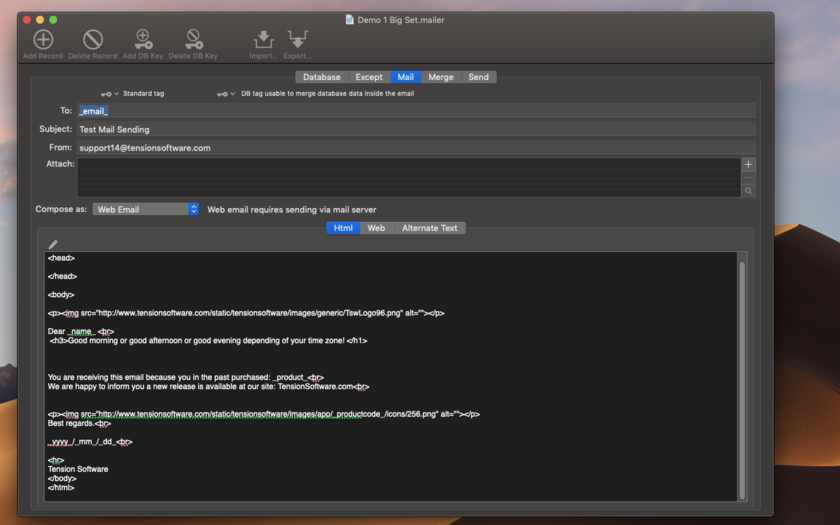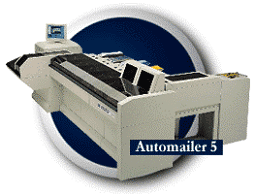

During the analysis, consider all the demographic factors like age, gender, etc. Investigate the reason for the return and try to get the customer’s feedback about the return, refund and replacement process. To improve the process, it is imperative to collect all the data you can. Here are some interesting and effective ways to utilize returns management to the fullest extent: Automatic Data Collection and Analysis
#Automailer netsuite how to#
But you need to find out how to manage returns.

How to Make the Most Out of Returns and ExchangesĬustomer returns are an inevitable fact. The product is eligible for sale once again. If the product passes the quality check, the warehouse stores and stocks it as per the inventory policy.

Else, it moves to an auditor for further analysis. If any aesthetic or functional defect is found, further decisions are taken on whether to repair, refurbish or scrap. It is then sorted and goes through a strict and detailed quality assessment. Delivery of the Product to the WarehouseĪfter collection, the returned product travels back to the warehouse or storage facility. Delivery partners will assess the condition of the product and report the information back to the seller. Some companies often delegate this task to a 3PL logistics company. Though it is a daunting task for the logistics team to manage the forward and reverse logistics, it is crucial for the company’s brand image and customer retention. Pick-up and Inspection of the Product From the Delivery Address by the SellerĪfter the acceptance, the seller mentions the expected pick-up date and time and arranges the relevant reverse logistics processes. Usually, the status immediately reflects on the platform, and the customer receives a notification. Acceptance or Rejection of the Request by the Companyĭepending on the company’s return policy, the dedicated personnel either accepts or rejects the return request depending on various factors such as the reason for the return and the condition of the product. The buyer then requests a return through the order tracking page or by contacting customer service and needs to mention why they are initiating the return and whether they need a refund or replacement. There may be several reasons for wanting to return it such as receipt of a defective product, delivery of a wrong product, improper packaging of the item, buyer’s remorse or multiple other reasons. The process starts when the customer requests a return of the product that they have purchased. Initiation of a Return or Refund by the Customer But regardless of the type, it should be simple and easy. The returns management process depends on the type of purchase – online or in-store. The decision depends on the situation and condition of the returned item. After receiving the returned product, the company decides whether to dismantle it and keep the useful parts, recycle it, repair the product or scrap it as a whole.
#Automailer netsuite software#
Mainly, the whole process is triggered, tracked, and controlled through software solutions or mobile applications. The company then needs to arrange a pick up of the returned items from the end buyer and take them to the warehouse. Returns management, also known as reverse logistics, is a process where a customer returns the goods they have already purchased.


 0 kommentar(er)
0 kommentar(er)
